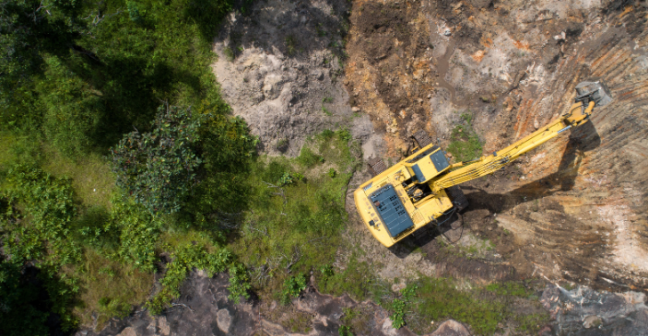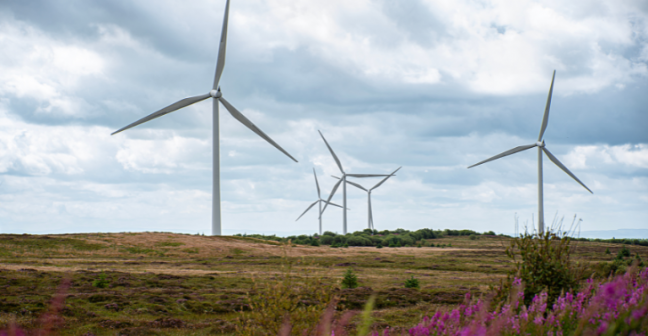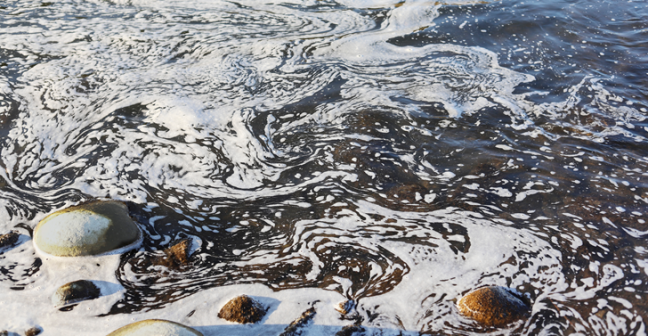Researchers, professionals and members of the IES team provide in depth analysis of news stories, topical issues and emerging science.
This webinar presents a review of the economic provisions of the Water Framework Directive (WFD) by an informal group of independent European water economists, who in 2000 worked together to develop the Wateco Guidance for the economic analysis for the WFD. It documents their 25 years practical...







